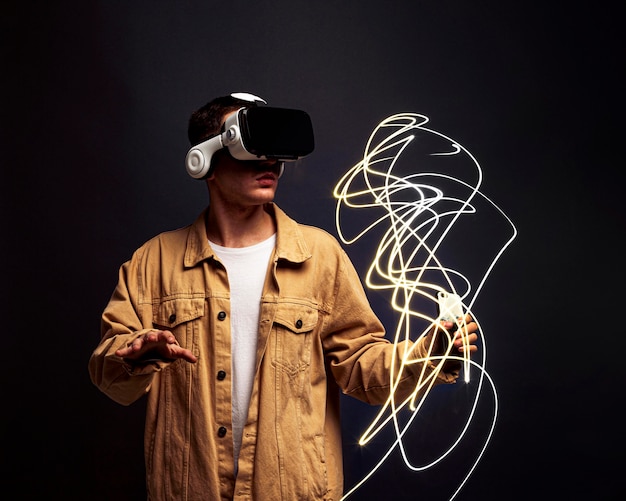
The intersection of art and technology represents a dynamic and rapidly evolving landscape where digital mediums are revolutionizing artistic expression and challenging traditional boundaries. As advancements in technology continue to shape the way we create, consume, and interact with art, artists are harnessing digital tools and platforms to explore new frontiers of creativity and innovation. In this guide, we'll explore the transformative impact of digital mediums on artistic expression and how they are reshaping the art world as we know it.
1. Digital Tools and Techniques
Digital tools and techniques have democratized the process of artistic creation, making it more accessible and inclusive than ever before. Artists can now leverage a wide range of digital mediums, such as digital painting software, 3D modeling programs, and virtual reality (VR) technology, to bring their visions to life with unprecedented precision and flexibility. Digital art platforms and online communities provide artists with a global audience and collaborative opportunities, fostering a vibrant ecosystem of creativity and innovation.
2. Blurring the Lines Between Traditional and Digital Art
The distinction between traditional and digital art is becoming increasingly blurred as artists explore hybrid forms of expression that combine analog and digital techniques. Mixed media artworks, digital installations, and interactive experiences blur the boundaries between physical and virtual spaces, inviting viewers to engage with art in new and immersive ways. Artists are embracing digital tools to push the boundaries of traditional mediums, experimenting with new textures, colors, and effects to create visually stunning and conceptually rich works of art.
3. Exploring New Frontiers of Creativity
Digital mediums offer artists unprecedented opportunities to explore new frontiers of creativity and experimentation. From generative art and algorithmic design to interactive installations and immersive experiences, digital technology enables artists to push the boundaries of what is possible and challenge conventional notions of art and aesthetics. AI-powered tools and machine learning algorithms are opening up new possibilities for creative expression, allowing artists to collaborate with intelligent systems and explore the intersection of art and artificial intelligence.
4. Democratizing Artistic Expression
Digital technology is democratizing artistic expression by empowering individuals from diverse backgrounds to create and share their own art. Social media platforms, online galleries, and crowdfunding platforms provide artists with new channels for self-promotion, distribution, and monetization, bypassing traditional gatekeepers and intermediaries. The rise of digital art marketplaces and blockchain technology is also revolutionizing the way art is bought, sold, and authenticated, creating new opportunities for artists to monetize their work and connect directly with collectors and patrons.
5. Addressing Ethical and Social Implications
As digital technology continues to reshape the art world, artists and cultural institutions are grappling with ethical and social implications related to issues such as copyright, ownership, and cultural appropriation. Questions about the authenticity, integrity, and value of digital art raise complex challenges that require careful consideration and dialogue within the art community and society at large. Artists are exploring new models of collaboration, distribution, and ownership that prioritize transparency, fairness, and social responsibility in the digital age.
Conclusion
The intersection of art and technology represents a dynamic and transformative space where digital mediums are reshaping artistic expression and challenging traditional paradigms. By embracing digital tools and techniques, artists are pushing the boundaries of creativity, exploring new frontiers of expression, and democratizing artistic practice in ways that were previously unimaginable. As we navigate the evolving landscape of digital art, it's essential to engage in critical dialogue, ethical reflection, and creative experimentation to ensure that art remains a vibrant and inclusive expression of human culture and imagination in the digital age.



